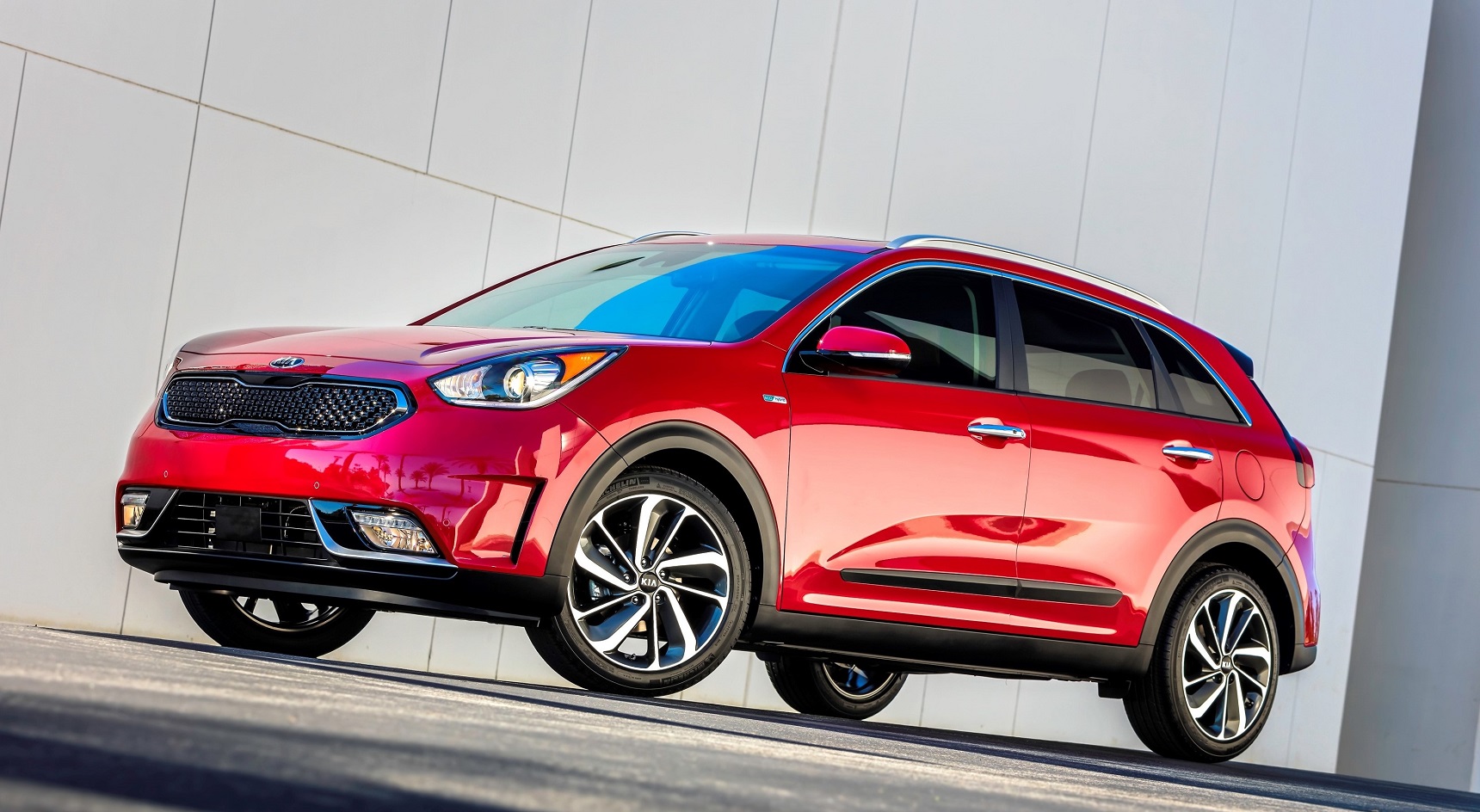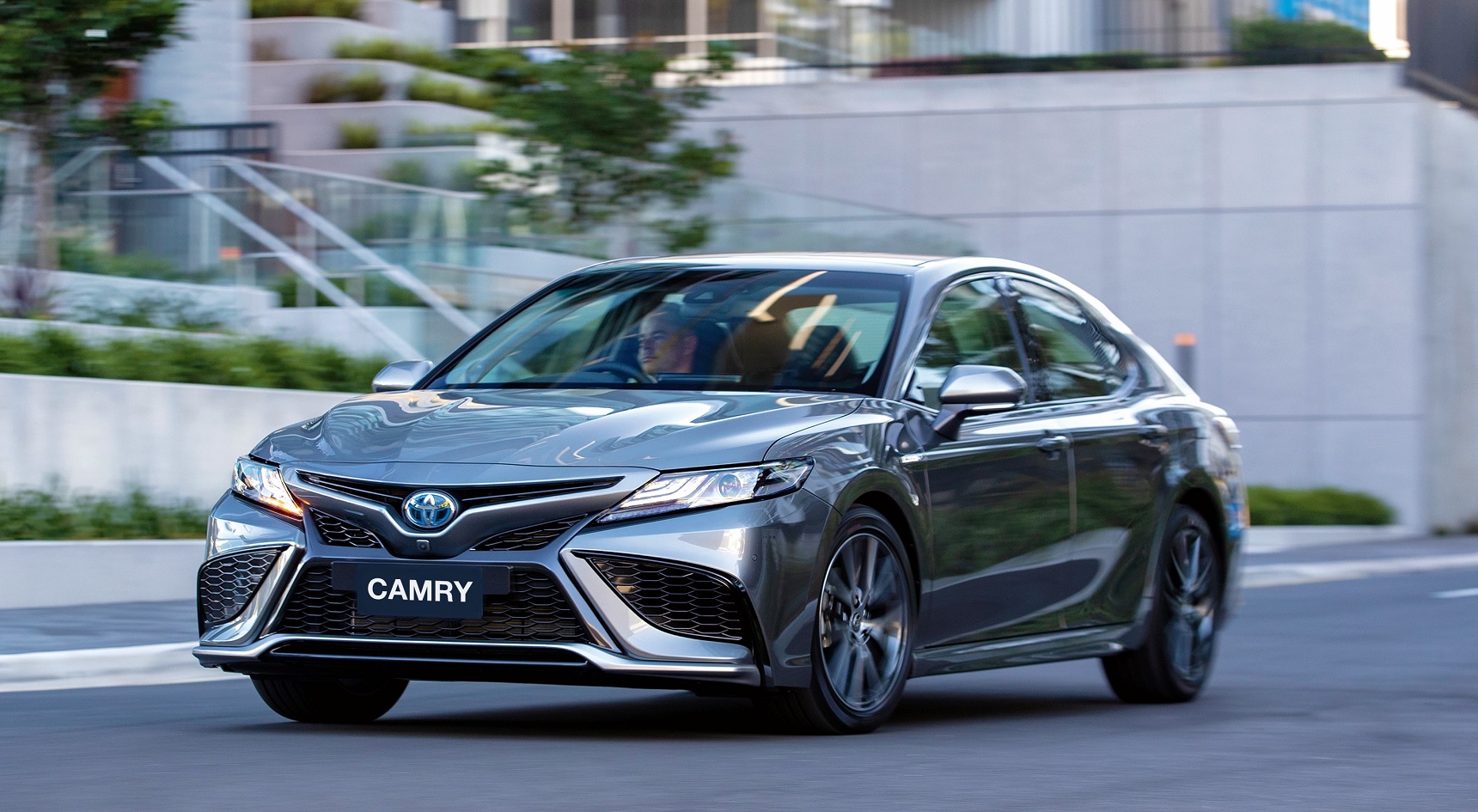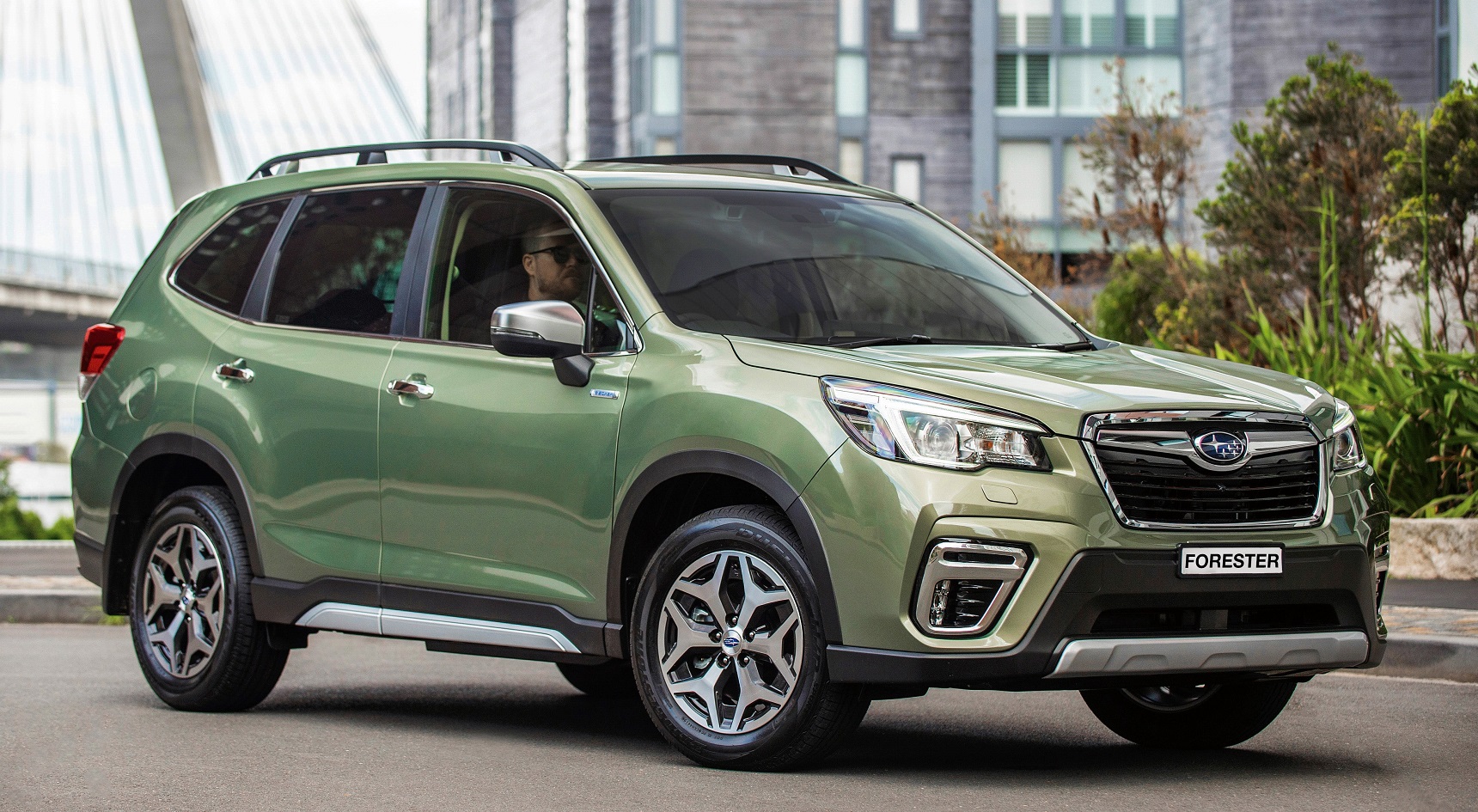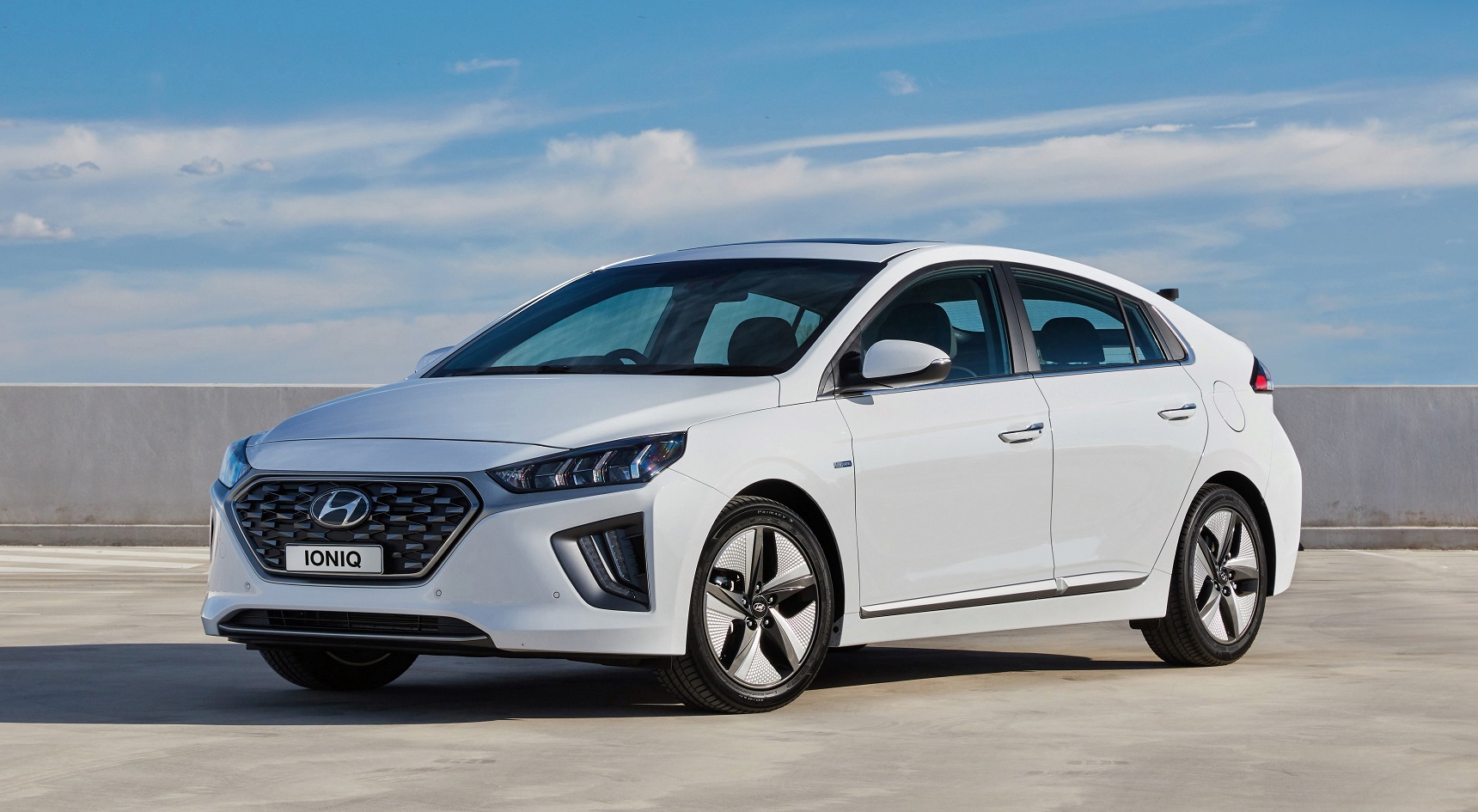Hybrid heroes

While electric vehicles may still be out of the league of many budget-conscious car-buyers, prices of hybrids are slowly, but steadily, coming down to Earth. Could now be the time to make the switch?
The motoring industry transitions from internal combustion engines to battery powered EVs, hybrids are seen by some as safer halfway houses, allowing the convenience of refuelling at conventional service stations, while benefitting from electric energy efficiency.
They’re also far cheaper to buy than electric vehicles. So, if you’re thinking of making the move from petrol to hybrid, we’ve rounded up a range of new midrange sedans and SUVs around the $40,000 mark.
First, a bit about hybrids. Hybrid electric vehicles (HEVs) combine a traditional petrol or diesel engine with an electric motor and a small battery pack.
The battery is charged while the vehicle drives and when it brakes, through a process called regeneration. This involves the electric motor temporarily becoming a generator, allowing the battery to recharge. HEVs can’t be plugged in to charge.
Plug-in hybrid electric vehicles (PHEVs) work in a similar way, except their batteries are bigger and can be plugged in to charge. Also, their electric engines are more powerful than those in HEVs.
This comparison is based on HEVs only. Now, on to our line-up.
The drive
The maturity of the Camry’s development is evident in the way it steers and corners, with impressive grip and control. Its larger engine also makes it the quickest of the bunch, with the Subaru Forester lagging behind the pack.
Power delivery varies throughout our line-up, with some models suffering from engine flaring during acceleration. All 4 feel slightly different to drive compared to their conventional petrol-powered brethren, but new owners will adjust quickly.
When it comes to the drive, the Kia Niro stands out from the crowd, with steering wheel paddle-shifters controlling its regeneration system. This feature allows you to choose how soft or hard the generator kicks in, controlling the level of power delivered back into the battery.
Only the Forester and the Camry can be driven in EV mode. In the Hyundai and the Kia, the electric motor only assists the petrol engine when more power is needed.

Safety
Our contenders all have 5-star ANCAP ratings, protecting passengers with autonomous emergency braking (AEB) and all the latest driver-assist safety gear.
Running costs
Hybrids are frugal petrol sippers, with the Niro, Ioniq and Camry drinking around 4L/100km. The slightly thirstier Forester gets 6.7L/100km due to its hefty size and 4WD capability.
The Camry Hybrid is a well-practiced workhorse, having earnt its reputation for durability over many years. With a roomy interior and low price-tag, there’s no guessing why it’s been the long-time darling of the taxi industry.

As you may expect, the Camry and Ioniq are cheaper to run than the Niro and Forester – as the latter are SUVs. The Forester is the dearest of the 4 to run, but its spacious interior and 4WD capabilities have their own merits.
The Kia Niro is very new to Australia, which makes it quite special on our roads. It also means it’s the dearest to buy new, which is uncharacteristic for Kia.
The Niro, Camry and Ioniq have 1.6kWh batteries, while the Forester’s is 0.6kWh.
Practicality
The Subaru Forester is a capable offroader, but it comes without a spare tyre. Instead, it has a tyre inflator kit which is not ideal if you have a serious puncture.
It does redeem itself with a towing capacity of 1.2 tonnes, similar to the Kia Niro, which can tow 1.3 tonnes. Conversely, the Camry is only rated to tow 400kgs and the Ioniq is not rated for towing at all.

The Niro, Forester, Ioniq and Camry all feature large, easy-to-use dash-mounted touch screens and impressive ergonomic design throughout.
Aesthetics
When it comes to looks, each of our contenders is easy on the eye for different reasons.
Once a relatively bland, generic-looking sedan, the current Camry is eye-catching with swooping, angular styling.
The Kia has all the right body proportions, delivering SUV space with coupe styling. The Ioniq has clearly been designed with attention to aerodynamics, boasting slick lines and a quirky rear-end featuring a split rear window.

Array|Array|Array|Array|Array

